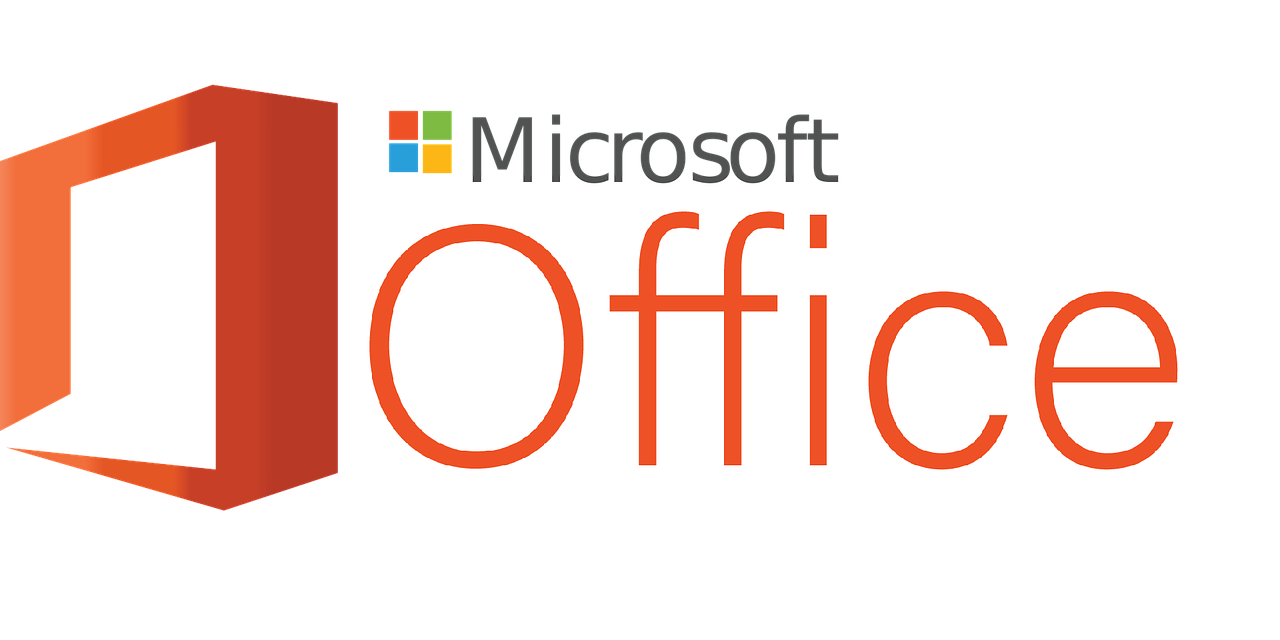Microsoft Office vs. Apple iWork Review: Which is Better?
Introduction
Word documents, spreadsheets, and presentations are files we often use regularly, whether at home for general life admin or work.
Microsoft Office comprises Word, Excel, and PowerPoint for word processing, spreadsheets, and presentations. After the early success of MS Word (launched in 1983), it was announced as a package by Bill Gates in August 1988.
Microsoft Office has been a staple software package for universities and workplaces. Everyone who has been enrolled in schools and universities in the past 15-20 years has some familiarity with using MS Office.
Following Microsoft’s initial domination in the world of the operating system, Apple came to the fore. Steve Jobs bought high-tech hardware as well as software to the tech scene.
Being a Microsoft program, Apple’s computers did not come with preinstalled MS Office. Instead, the company encourages users to delve into their business solutions, such as iWork.
Despite the many hurdles, Microsoft and Apple have remained top players and competitors in the tech world. Let’s take a look at the differences and similarities of Office v iWork to uncover which software is best for you:
Contents
Operating Software
The key factor to consider while choosing between MS Office and Apple iWork is their operating system. Apple’s iWork is available to use on Apple devices (Mac, iPad, iPhone) and can only be used on a Windows device via iCloud.
Besides, Apple does not offer a compatible desktop version of iWork. However, when using Mac, you can download Office and Apple iWork from the app store.
Compatibility
When you are working solo or with other Mac users, it is relatively easy to use Pages, Numbers, and Keynote. However, you might find a lot of compatibility issues when sending and receiving iWorks files in a room full of PC users.
To resolve this issue, Apple has allowed an easy import and export of files to popular Microsoft Office formats, such as .docx, .xlsx, and .pptx. However, image sizing, fonts, and layouts can sometimes be hard when converting between file formats.
Functionality
Take a first look at the basic function upon initial glance, both the office suites perform in a very similar way by offering similar functionality. When you compare several features in both the application, iWork’s applications act as a like-for-like substitute for MS Office in many ways for a standard user. However, once you start digging deeper and you will find differences between the two packages.
User interface
Many users find the simple and less crowded interface of the iWork suite more aesthetically pleasing. So much so that MS Office has tried to copy some designs in its latest update.
To make the device as such, Apple has taken steps away from overwhelming menu options like Windows. They left the most utilized features easily accessible even to users with no training.
However, the same design can be a hindrance when creating more complex documents as useful tools are hidden in obscure places compared to Windows.
Mobile Integration and Cloud Storage
iWork allows you to store and access files from anywhere for free as it is fully integrated with iCloud online storage. Besides, it works across multiple devices which means that you will never have the stress of losing a file due to a corrupt memory stick ever again.
In the case of MS Office, only business users have the option to store files online on a monthly price plan. This means that they’ll need to have an Office license assigned and SharePoint online, via OneDrive.
Sharing and Collaboration
Both Apple and Microsoft allow multiple users to seamlessly collaborate on the same document in real-time, for free using their collaboration tools. These tools are supported across many devices.
Individual Applications at a Glance:
Word vs Pages
Software packages, MS Word and Pages, are both very similar when it comes to their offered features. Both have basic word processing features including custom headers and footers, text formatting, footnotes, bullets and number lists, pictures, and images.
But from here the difference starts as Pages comes with its document design, particularly for flyers, leaflets, and posters to help you format them with ease. Besides, it allows you to add charts to the document which is a major feature missing from MS Word.
However, Microsoft Word outperforms Pages when it comes to writing tools, including spell-checking and word count tools. Also, Word provides a variety of formatting options.
The best part is that it allows you to add special effects to text such as 3D or shadow. You can even add special effects to imagery such as reflection, drop shadow, and much more.
Excel vs Numbers
In general, Excel, despite its aesthetically unpleasing design, is far easier to work with than Numbers. Excel is particularly great while working with large amounts of raw data.
Both Excel and Numbers are packages that work for everyday budgeting and planning. However, Excel is better for academic or professional use as it offers a larger range of features and functions.
Apple used the same clean-cut approach it did for its other software when creating Numbers. This means that formulas and shortcuts are not obvious to find when compared to Excel’s menus.
From a learning perspective, compared to Numbers, you can find a great range of resources and ‘how to’ tutorials for Excel.
PowerPoint vs Keynote
Keynote exceeds PowerPoint when it comes to design. Keynote allows users with no design background to create sleek and stylish presentations easily.
It offers them easy options to pull images, sounds, and video with a wide range of in-built themes, layouts, animations, and fonts.
While PowerPoint is far more functional than beautiful, it is powerful presentation software. If you can use it to its full potential then it can provide a lot of control over your design.
However, its complexity can become a hindrance for users who don’t know how to use it. Besides, it’s always easy to create ugly presentations with over-the-top transitions.
Conclusion:
iWork works well in a Mac operating environment, while MS Office works well in a Windows operating environment. Former allows immersive experience in the Apple ecosystem without additional software, while latter offers familiarity and comfort when transferring files without compatibility issues.
Apple applications have a beautiful and clean design keeping with Apple’s sleek aesthetic pleasing look. It can fulfill almost all of the requirements of everyday users. Office software, overall, includes features and better user control and functionality (which are not utilized every day, but useful to have).
If you are looking for the perfect operating software for you, don’t limit yourself to Apple and Microsoft. But you can also look for other alternatives, such as the free “LibreOffice” and Google’s online competitor G Suite.
Author Bio:
Shreeya Chourasia is an experienced B2B marketing/tech content writer, who is diligently committed for growing your online presence. Her writing doesn’t merely direct the audience to take action, rather it explains how to take action for promising outcomes.

